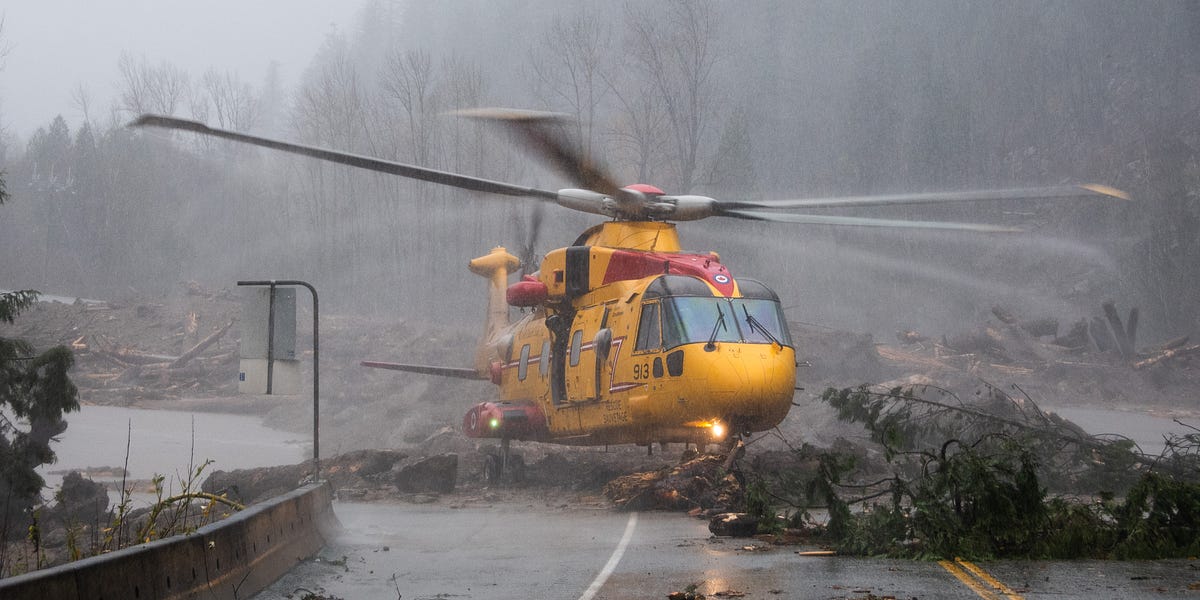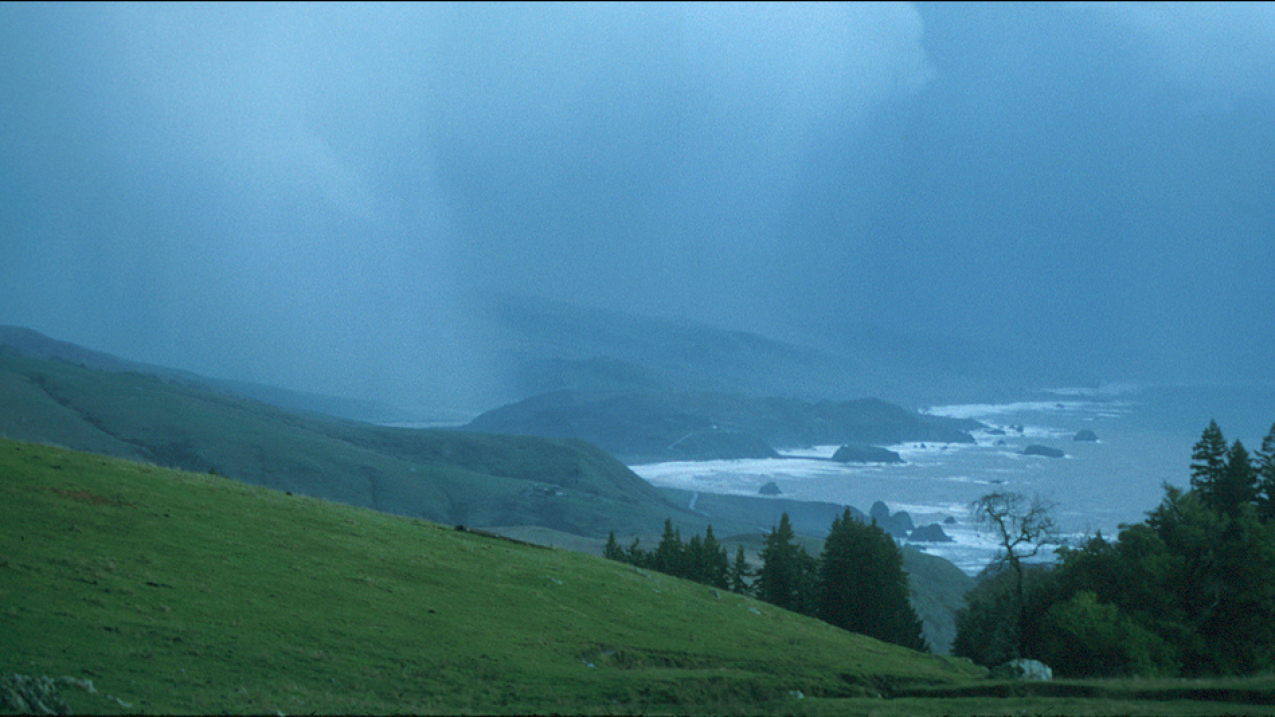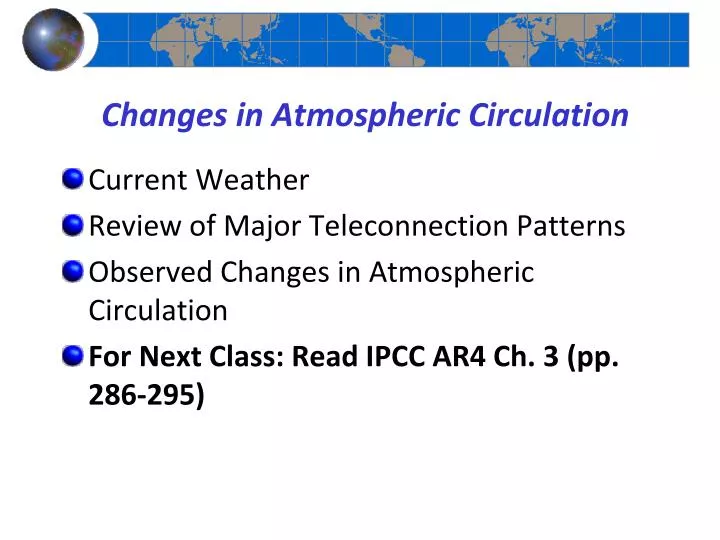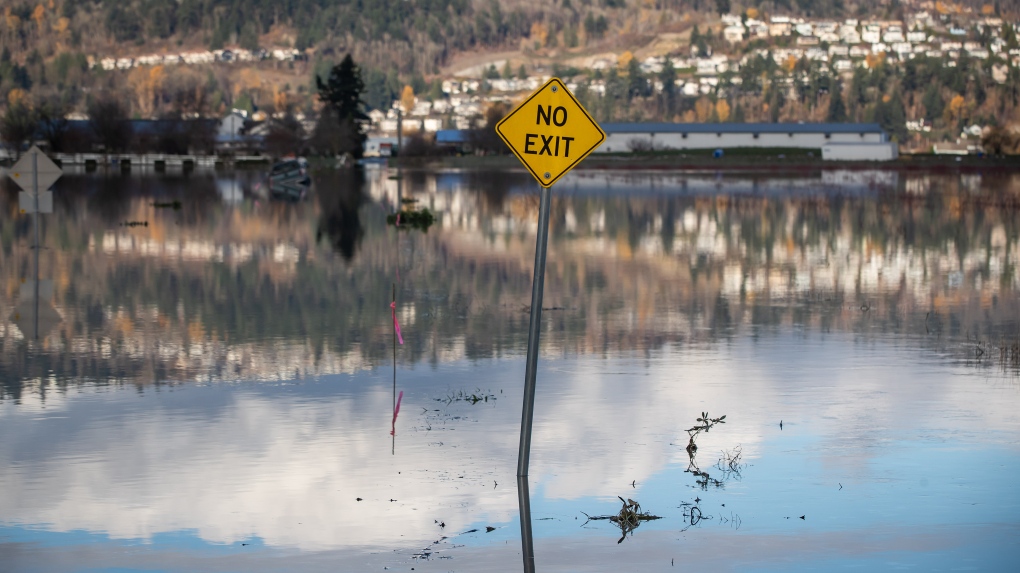OP: An earthquake will destroy a sizable portion of the coastal Northwest.
So, how are we doing with respect to earthquake preparedness CF-wise? The Really Big One An earthquake will destroy a sizable portion of the coastal Northwest. The question is when. When the 2011 earthquake and tsunami struck Tohoku, Japan, Chris Goldfinger was two hundred miles away, in...

www.milnet.ca
Meanwhile, it looks like they're planning on building the biggest, newest hospital in BC in a liquefaction zone, but it's good for votes:
Danger of liquefaction at False Creek Flats site of new St. Paul’s Hospital flagged by City of Vancouver
A powerful and sustained earthquake could liquefy the soil on which a new St. Paul’s Hospital is going to be built.
Planners with the City of Vancouver are alive to this danger, and have imposed conditions to ensure the resilience of the health facility that will be developed at the False Creek Flats.
The risk was one of the items contained in a recent report to council by planner Karen Hoese.
“The site is situated on a former mud flat at the end of the False Creek Inlet,” Hoese related. “The portion of the flat east of Main Street was filled in the 1900s.”
According to Hoese, the site is “located in a flood plain between 4.0 and 5.0 m above sea level”.
“This filled land is susceptible to liquefaction and severe ground shaking during earthquakes, and is located adjacent to neighbourhoods with high concentrations of earthquake-prone buildings,” Hoese wrote.
Providence Health Care will replace the current St. Paul’s Hospital at 1081 Burrard Street.
The new hospital will be located at a 7.5-hectare property between Prior Street to the north, National Avenue to the south, Station Street to the west, and Trillium Park to the east.
Hoese noted in her report that hospitals are critical infrastructure “essential to the functioning of communities day-to-day, and vital during and after disasters”.
“This new hospital presents an important opportunity for a state-of-the art facility built to withstand inevitable hazards,” Hoese stated. “Given that the New St. Paul’s Hospital is located in a flood plain and high-risk seismic and liquefaction zone, staff have provided conditions requiring comprehensive all-hazard risk and vulnerability assessments be completed, and that climate and seismic resilience measures be incorporated into the design of the building.”
The conditions include the establishment of an expert panel that will “evaluate the resilience of the design, and report on the post-disaster functionality of the hospital”.
“Recommendations from the panel are not binding, but provide a high level of transparency to the project,” Hoese added
Danger of liquefaction at False Creek Flats site of new St. Paul’s Hospital flagged by City of Vancouver
 www.milnet.ca
www.milnet.ca






